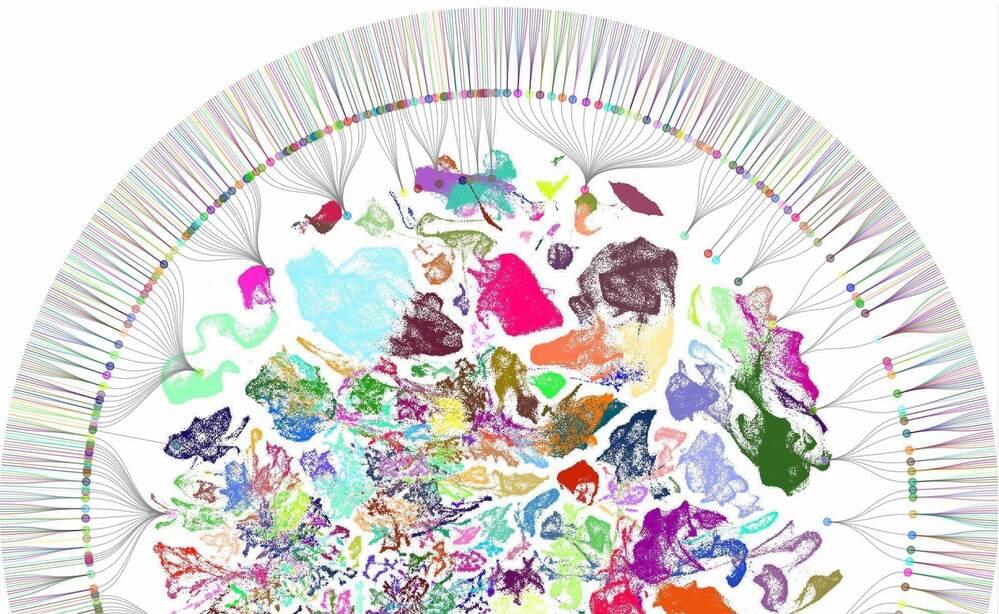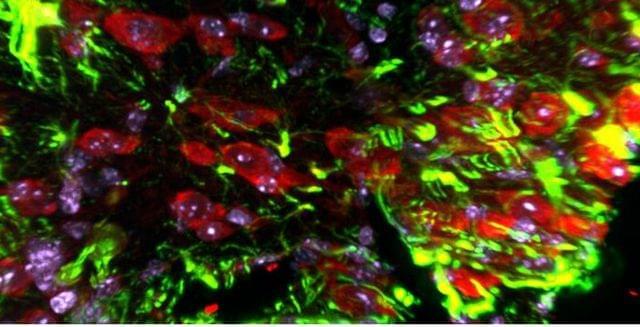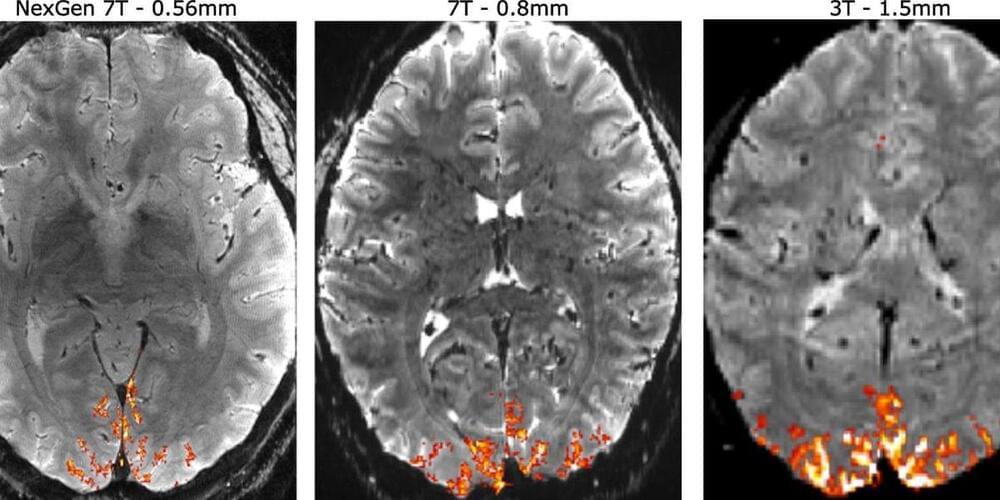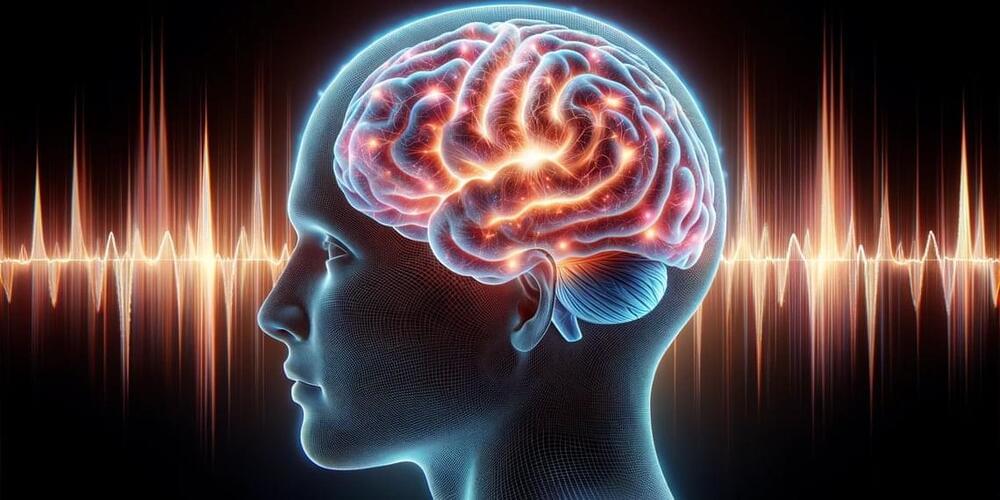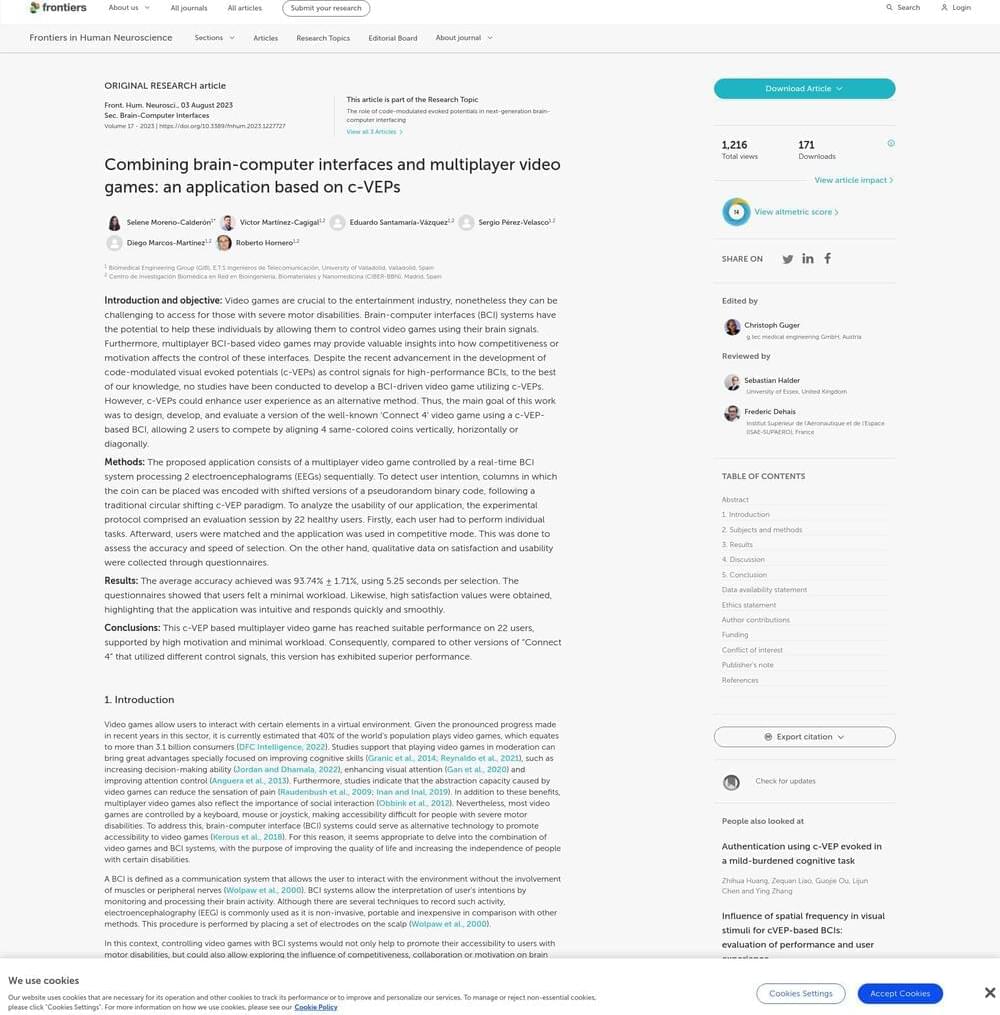
Progression independent of relapse activity (PIRA) has been increasingly recognized in people with multiple sclerosis (MS; NEJM JW Neurol May 24 2022 and JAMA Neurol 2022; 79:682). To learn more about PIRA, investigators used data from the Italian MS Register on 16,130 patients with relapsing-remitting MS, including 1,383 with pediatric-onset MS (POMS; median age at onset, 16), 14,113 with adult-onset MS (AOMS; median age at onset, 29), and 634 with late-onset MS (LOMS; median age at onset, 52).
Compared with patients with POMS, patients with LOMS had the highest incidence of PIRA (hazard ratio
, 2.98), followed by those with AOMS (HR, 1.42). Compared with the POMS patient group, the LOMS patient group had the lowest risk for relapse-associated worsening (HR, 0.69), followed by the AOMS group (HR, 0.88). Cumulative PIRA incidence was 1.3% of patients at age 20 years, increased rapidly between ages 21 and 30 (9%), and rose progressively from 40 to 70 (from 22% to 79%). Cumulative incidence of relapse-associated worsening showed a different pattern of increases over time (e.g., 0.5% at age 20; 7.8% at age 40; 14.4% at age 50; 24.1% at age 60; 27.7% at age 70).
These authors provide data supporting the notion that MS pathophysiology is different between patients with PIRA and those with relapse-associated worsening. While relapse-associated worsening seems to increase gradually and reach a plateau, PIRA begins in the 20s and continues to increase. PIRA encompasses accumulating neurodegenerative processes, supporting the concept that a subset of patients experience progression even within the relapsing-remitting phase of the disease.
